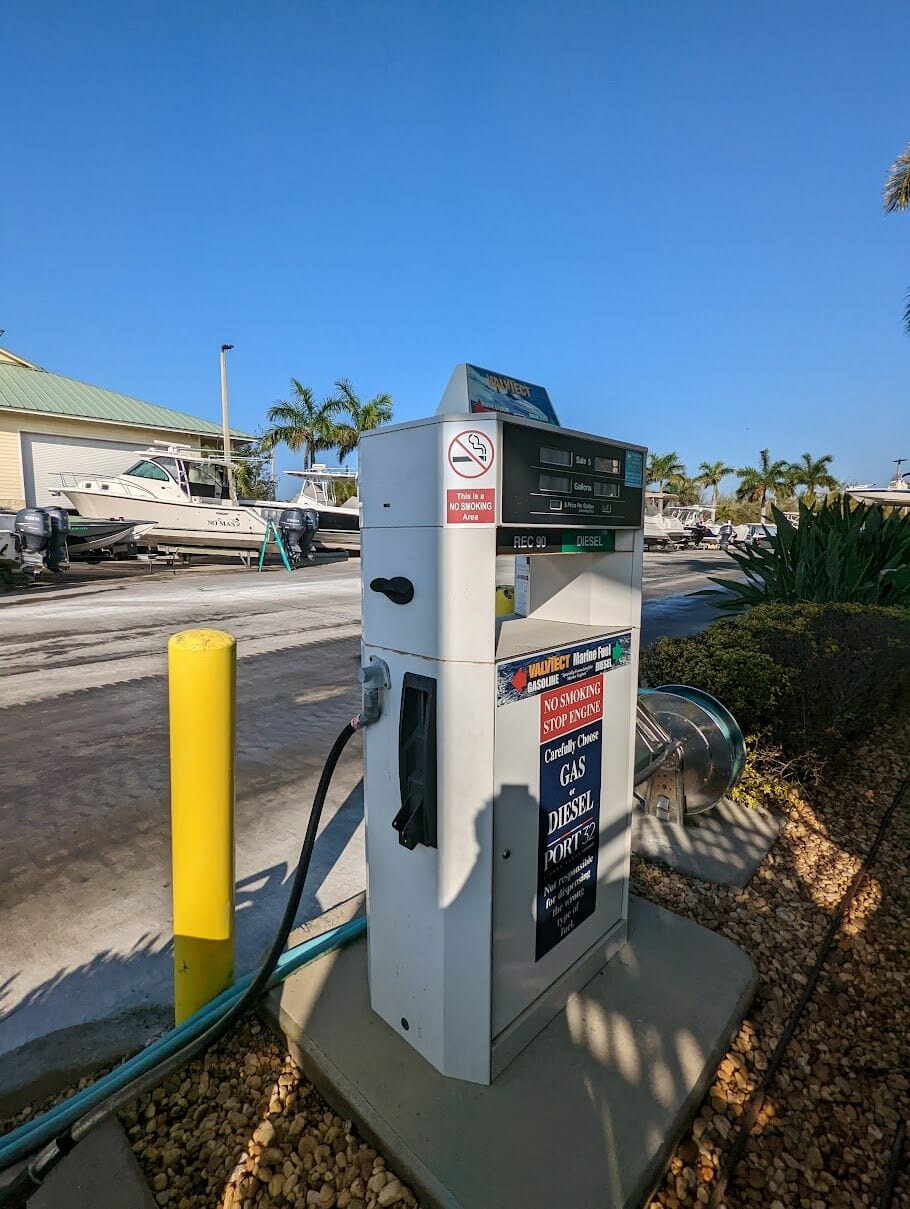Taking care of your boat means performing regular maintenance, ensuring its cleanliness, and of course, making sure it has enough fuel to get you where you need to go. While boat fueling may seem like a straightforward task, there’s more to it than just filling up the tank. In this article, we’ll cover everything you need to know about fueling your boat, including types of fuel, safety tips, and maintenance.
Types of Boat Fuel
Before filling up that tank, it’s essential to know the type of fuel your boat requires. Generally, boats run on gasoline or diesel, but some newer models may also use alternative fuels. Let’s break down the most common options.
1. Gasoline
The majority of smaller boats, such as recreational and sailboats, rely on gasoline. Be mindful that there may be specific octane requirements for your engine, so it’s essential to consult your owner’s manual or reach out to the manufacturer.
2. Diesel
Diesel is more common in larger vessels and commercial boats, as it is often more fuel-efficient and offers more significant torque. As with gasoline, always consult your owner’s manual for specific diesel fuel requirements.
3. Ethanol Blends
More and more boats are now accepting ethanol-blended gasoline, such as E10 (contains 10% ethanol). It’s crucial, however, to know if your boat’s engine is compatible with such blends. Consult your owner’s manual or contact the manufacturer for this information.
4. Bio-Diesel
While not yet as popular or widely available as other fuel types, bio-diesel is an alternative fuel source for some boats. Check with your boat’s manufacturer for compatibility and availability.
Boat Fueling Safety Tips
Ensuring safety while fueling your boat is critical to protecting both you and your vessel. Here are some essential safety tips to follow:
1. Turn off the engine
This is an obvious but crucial step. Shut off your boat’s engine and all electrical appliances.
2. No smoking
Avoid smoking within a safe distance from the fueling station. Gasoline fumes are highly flammable and pose a severe risk of fire.
3. Use a fuel nozzle
Do not place the fuel nozzle directly into the fill opening. Hold the nozzle against the opening, and make sure there’s a good seal to prevent spills.
4. Maintain physical contact
While fueling, maintain physical contact with the nozzle to ground and discharge any static electricity.
5. Avoid overfilling
Overfilling your fuel tank can lead to spills or fuel leaking into the bilge, creating a dangerous situation. Fill the tank until the fuel gauge reads around 95%, allowing room for expansion.
6. Use absorbent pads
Place absorbent pads around the fuel fill opening to prevent spillage or potential pollution.
Boat Fuel System Maintenance
Routine maintenance is vital to keeping your boat’s fuel system in the best possible condition. Here are some tips:
1. Use a fuel stabilizer
Adding a fuel stabilizer to your boat’s fuel tank helps prevent the breakdown of gasoline, oxidation, and issues related to ethanol-blended gasoline, such as phase separation.
2. Inspect fuel lines and connections
Regularly check for any signs of deterioration, cracks, or loose connections in your boat’s fuel lines.
3. Replace fuel filters
Changing your boat’s fuel filters per the recommended maintenance schedule will prevent contaminants from entering your engine.
4. Clean fuel tanks
Over time, sediment and water can accumulate in your fuel tanks. Periodically clean and inspect the tanks to ensure proper fuel flow and reduce the risk of engine damage.
5. Inspect fuel vents
Clogged or damaged fuel vents can cause a variety of issues, such as engine stalling or fuel tank damage. Routinely inspect them for any blockages or damage.
Fueling your boat is more than just filling up the tank. Understanding the type of fuel your boat requires, following safety precautions, and performing routine maintenance will keep your vessel running smoother and safer. So, keep these tips in mind, and you’ll have a better experience out on the water!


